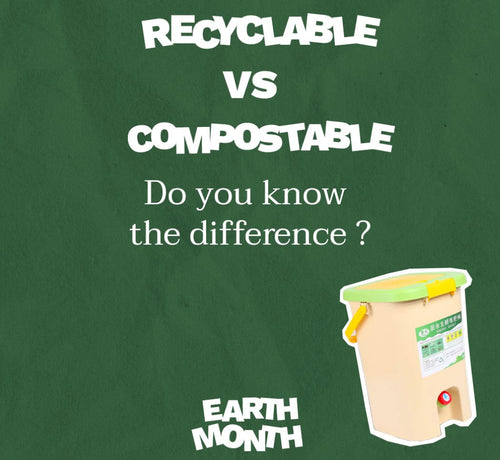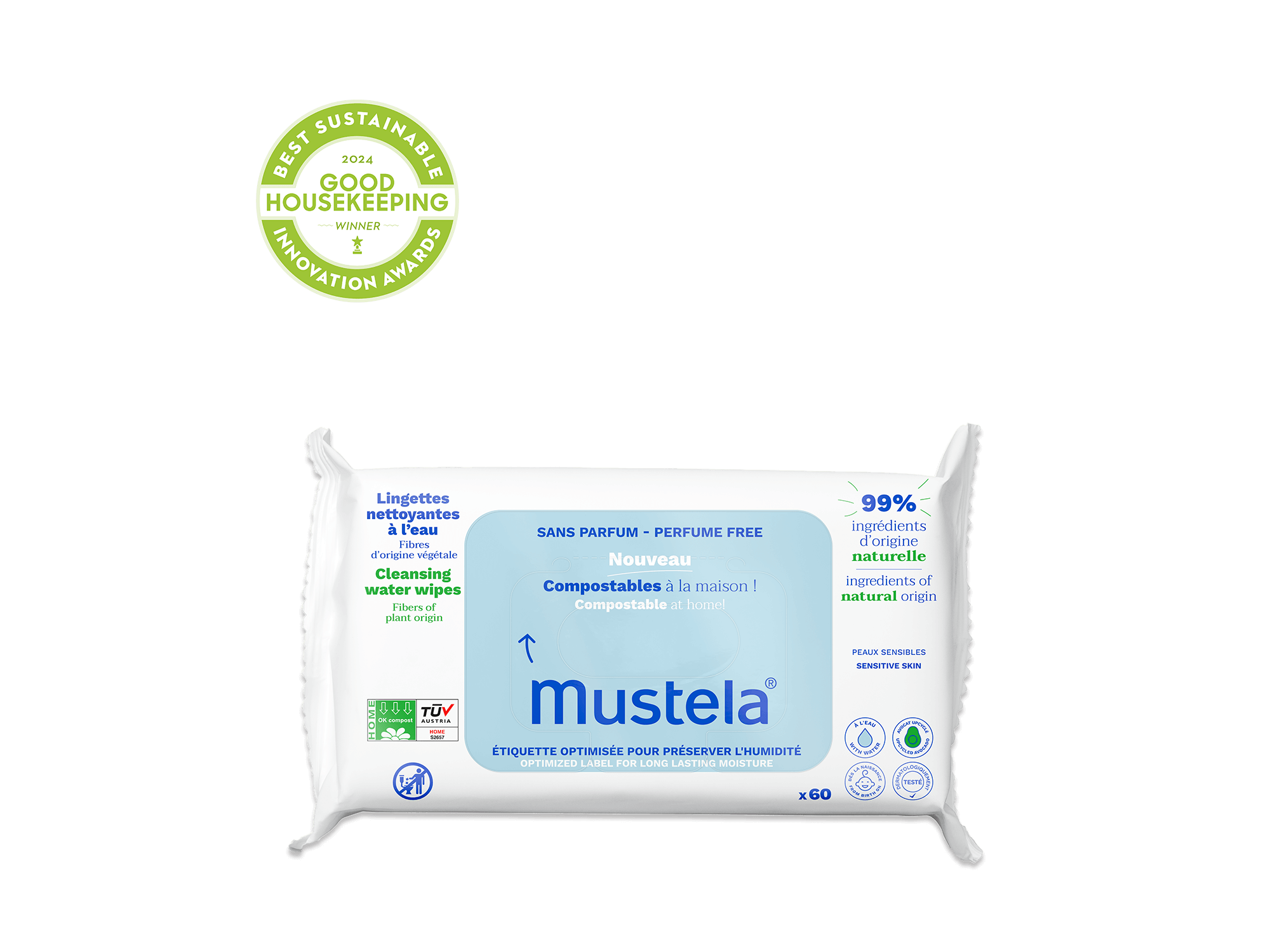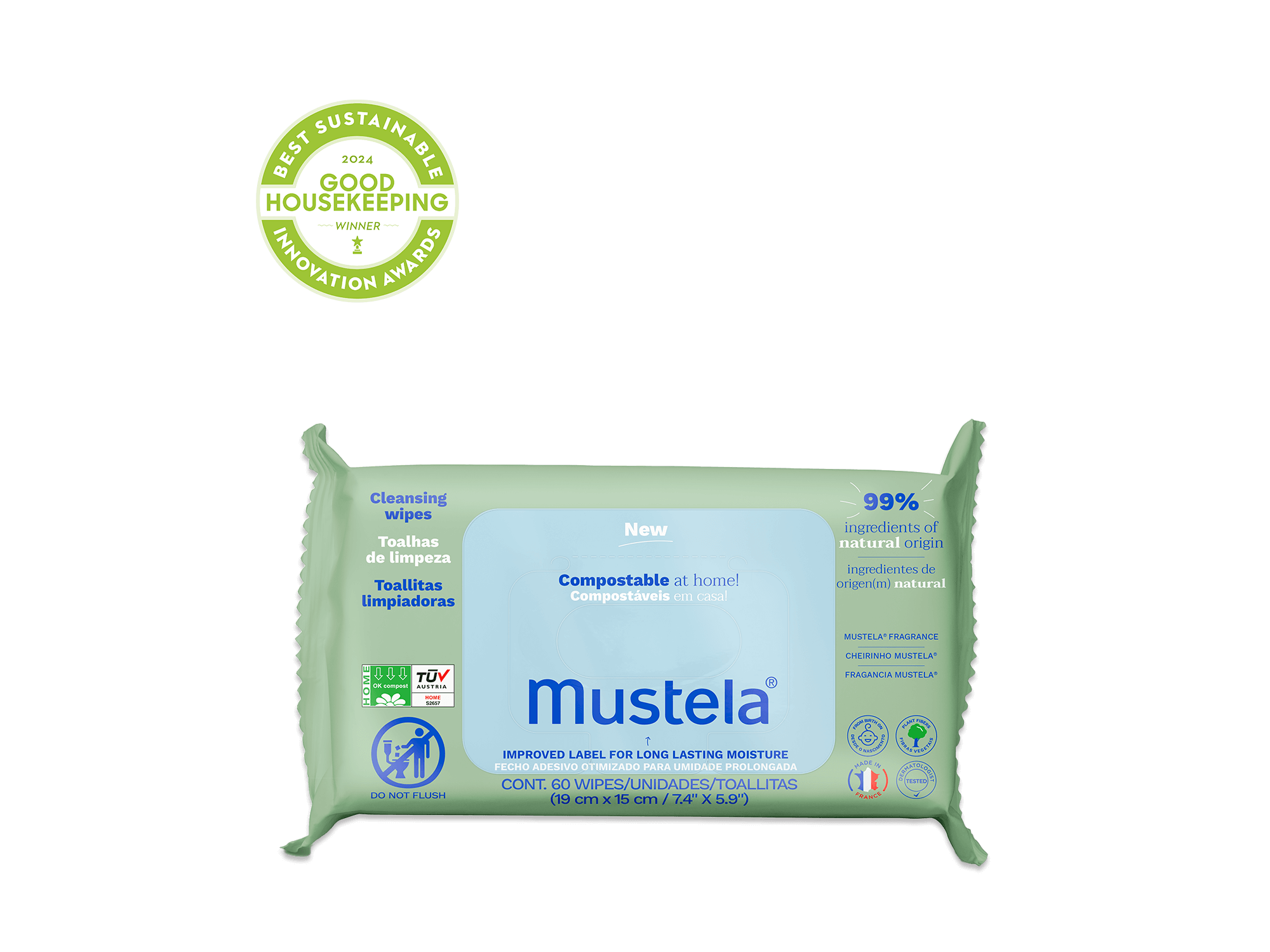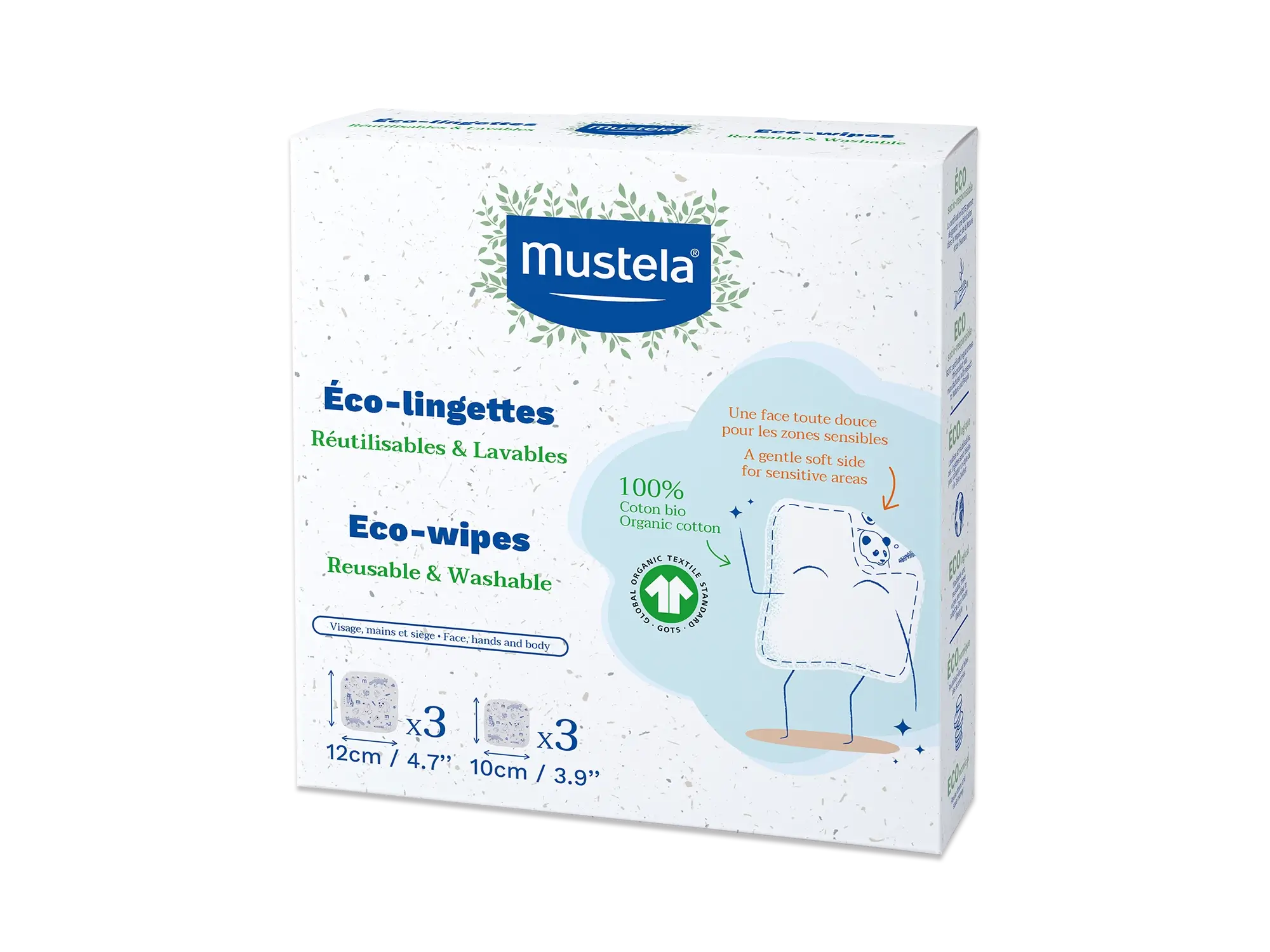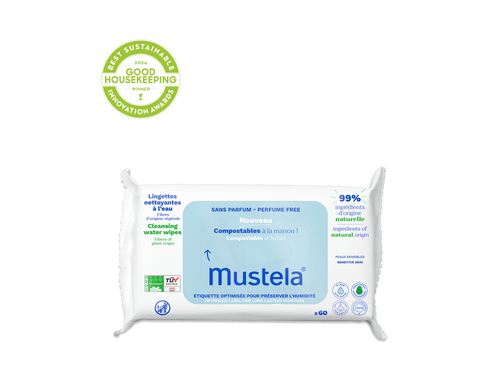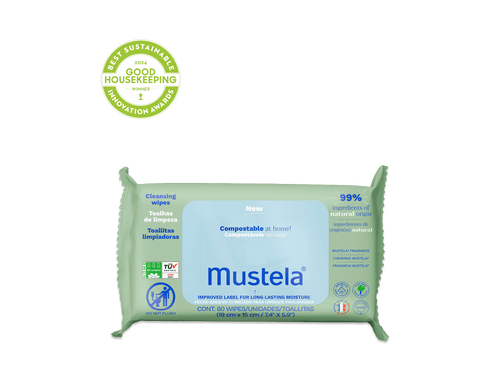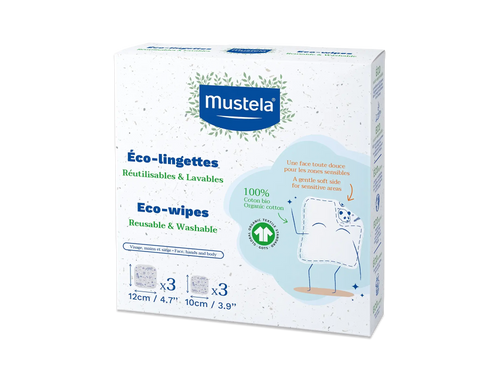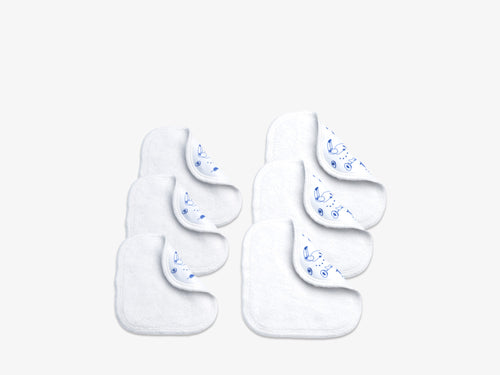As a parent, you want the best skincare products for your baby. You also want to look out for the environment and make it a better place. How can you do both? By choosing biodegradable products and composting and recycling whenever possible.
You may already be recycling much of your household waste, but composting can help take your eco-friendly activities to the next level. In this article, we discuss how to start composting on your kitchen counter and how to turn baby wipes into fertilizer.
Table Of Contents
- Composting Vs. Recycling: The Benefits And The Differences
- The Three Components Of Composting
- The Dos and Don’ts Of Composting
- How To Turn Baby Wipes Into Soil
Recycling Vs. Composting: The Benefits And Differences
Recycling
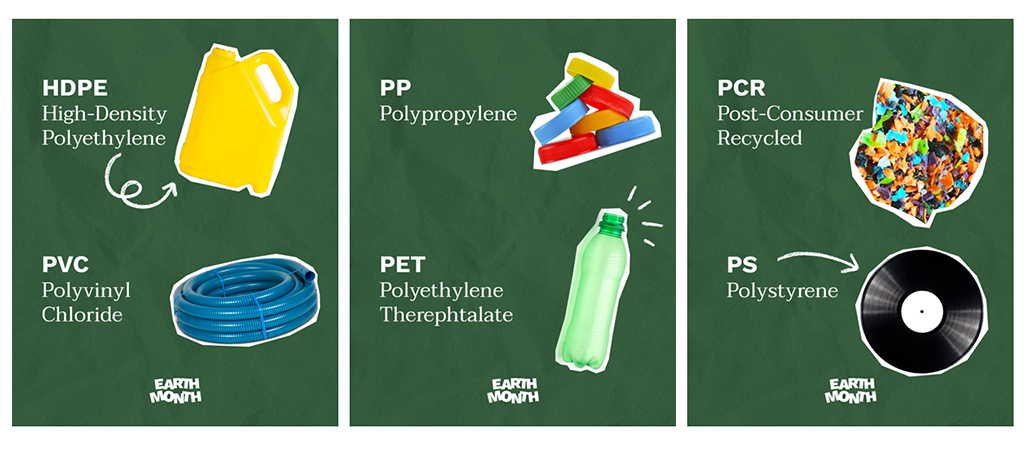
Recycling is the process of collecting materials that would otherwise be thrown away as trash and turning them into new products.
Cardboard, metals, and a variety of plastics can be recycled, including:
- High-density polyethylene (HDPE)
- Polyvinyl chloride (PVC)
- Polypropylene (PP)
- Polyethylene terephthalate (PET)
- Polystyrene (PS)
- Post-consumer recycled (PCR)
Recycling benefits the environment by reducing the need to extract resources such as timber, water, and minerals for new products.
Recycling also prevents carbon dioxide from entering the atmosphere, saves energy, and diverts waste away from landfills and incinerators.
Composting

Composting is the natural process of recycling organic matter into a valuable fertilizer that you can use to enrich the soil in your garden.
Everything that grows decomposes eventually. Composting simply speeds up the process by providing an ideal environment for bacteria, fungi, worms, and other organisms to do their work.
The resulting decomposed matter, which often ends up looking like fertile garden soil, is called compost.
Composting at home benefits the environment by reducing the amount of material that enters the waste stream and helping cut methane emissions from landfills. It also improves soil health, lessens erosion, conserves water, and reduces personal food waste.
Plus, you don’t need a lot of space to compost food scraps and other biodegradable materials. Read on to learn how to start a compost pile right from your own kitchen counter.
The Three Components Of Composting

Waste
A good compost pile requires maintaining the right ratio of two types of waste: green and brown.
Let’s take a look at both.
Green Waste
The technical definition of green waste is any nitrogen-rich biological matter that can be broken down into compost, but this doesn’t tell you very much in regard to exactly what you can and can’t use.
We’ll get into the details later but, for now, we’ll give you an easier definition to think about: Green waste is what you’d find left over on your dinner plate after a meal and scrape into the garbage when cleaning up. It includes things like peels, eggshells, and coffee grounds.
To build a healthy compost pile — one that efficiently breaks down all biodegradable matter — 60% of the material should be green waste.
Brown Waste
Brown waste is any biodegradable material that’s predominantly carbon-based. It includes such things like:
- Animal waste
- Pine needles
- Pine cones
- Paper
As we’ll discuss later, brown waste also includes certain types of biodegradable natural fibers (like Mustela Home Compostable Wipes).
Brown waste should make up 40% of a healthy good compost pile.
Humidity
Another important component of a healthy compost pile is humidity. The pile should feel like a moist sponge: not too dry or too wet.
If it’s too dry — i.e., it doesn’t have enough humidity — the biodegradable material won’t decompose. If it’s too wet — i.e., it has too much humidity — the biodegradable material will rot.
You can control the humidity in your compost pile by adding water to the mix as needed.
Air
The third essential component of a healthy compost pile is air. Compost is full of organisms that need air to live. If they can’t get that air, the organisms will die and the biodegradable material you add won’t decompose.
If you store your compost in a container with a lid, make sure it’s not an airtight lid (or it’s not fully sealed) so that air can get in and out as necessary.
You can also help maintain adequate oxygen levels by mixing and turning the pile once a week. This helps aerate the mixture so the microorganisms have enough air to survive and thrive.
The Dos And Don’ts Of Composting

Do Compost These Items
Green Waste
The following items are acceptable green waste for your compost:
- Fruit and vegetable peels
- Citrus rinds
- Melon rinds
- Coffee grounds
- Tea leaves
- Tea bags
- Old vegetables
- Eggshells
- Cooked plain rice
- Cooked plain pasta
- Bread
- Corn husks or cobs
- Houseplant trimmings
- Weeds that haven’t gone to seed
- Grass clippings
- Fresh leaves
- Deadheads from flowers
- Seaweed
- Pet hair
Brown Waste
The following items are acceptable brown waste for your compost:
- Paper (not overly printed or inked)
- Paper towels
- Napkins
- Sawdust (untreated lumber only)
- Wood shavings
- Dry leaves
- Straw
- Hay
- Natural fibers
- Newspaper
- Cardboard (non-glossy)
- Chopped twigs and small branches
- Pine cones
- Nutshells (avoid walnut shells)
- Paper napkins
- Cardboard tubes (e.g., from toilet paper, wrapping paper, etc.)
- Paper coffee filters
- Pressed paper egg cartons
- Brown paper bags
Don’t Compost These Items
To keep your compost pile as healthy as possible, don’t add these items to the mix:
- Animal bones
- Animal meat (beef, chicken, pork, or fish)
- Shiny/glossy paper
- Overly-inked paper
- Dairy (e.g., cheese, milk, etc.)
- Lard
- Diseased plants
- Mold
- Oils
- Fats
Don’t Use Human Waste Compost On Vegetables
It’s also important to note that you should never add human waste to worm composters or to compost piles that you intend to use in vegetable gardens. This even includes biodegradable baby wipes.
If you have a non-worm composter that you want to use to make fertilizer for trees, flowers, or other non-edible plants, you can add biodegradable baby wipes to the mix since they’re considered green waste.
Just make sure that when it comes time to spread the compost in your garden, you don’t add it to any plants that will grow foods you’ll eat.
How To Turn Baby Wipes Into Fertilizer

To get started turning food scraps, baby wipes, and other biodegradable waste into fertilizer, you’ll need:
- A compost container
- Green damp waste
- Brown dry waste
Step One: Add a layer of green waste to your compost container.
How much makes up a layer? Depending on how much material you add each time, two days’ worth of green waste is a good rule of thumb.
Keep in mind that our Home Compostable Wipes are considered green waste and can be added to a compost pile as long as the fertilizer won’t be used to grow plants for food.
Step Two: Add a layer of brown waste on top of the green waste.
How much makes up a layer? Remember, you want to maintain 60% of the pile as green waste and 40% of the pile as brown waste.
So, when it comes to brown, add just a bit less than the amount of the green layer you just laid down.
Step Three: Continue adding a layer of green waste followed by a layer of brown waste in the 60/40 ratio until the container is three-quarters full (be sure to leave room to stir the pile).
Step Four: Once a week, turn the pile to introduce more air and keep everything decomposing efficiently. After you stop adding waste to the pile, continue turning it once a week for the next six months,
At the end of that time, you’ll have a wonderful fertilizer that you can add to any non-edible plants in your garden.
Help Clean Up The Environment With Mustela

Ready to reduce your impact on the environment and help make it a better place for your little one? Compost your leftovers — including Mustela Home Compostable Wipes — to build new soil and reduce the amount of waste you discard.
If you want to step up your earth-care game even more, try these suggestions:
- Use organic products
- Use products made from recycled materials
- Use products from B-Corp-certified companies
Not sure which products check those boxes? Choose Mustela and get all three!
At Mustela, we are proud to have held a B-Corp certification since 2018, and we continue to develop products that are natural and safe for you, your family, and the environment.
Our products are made with soothing natural ingredients, approved by dermatologists and pediatricians, and free of questionable chemical ingredients such as parabens, phthalates, and phenoxyethanol.



